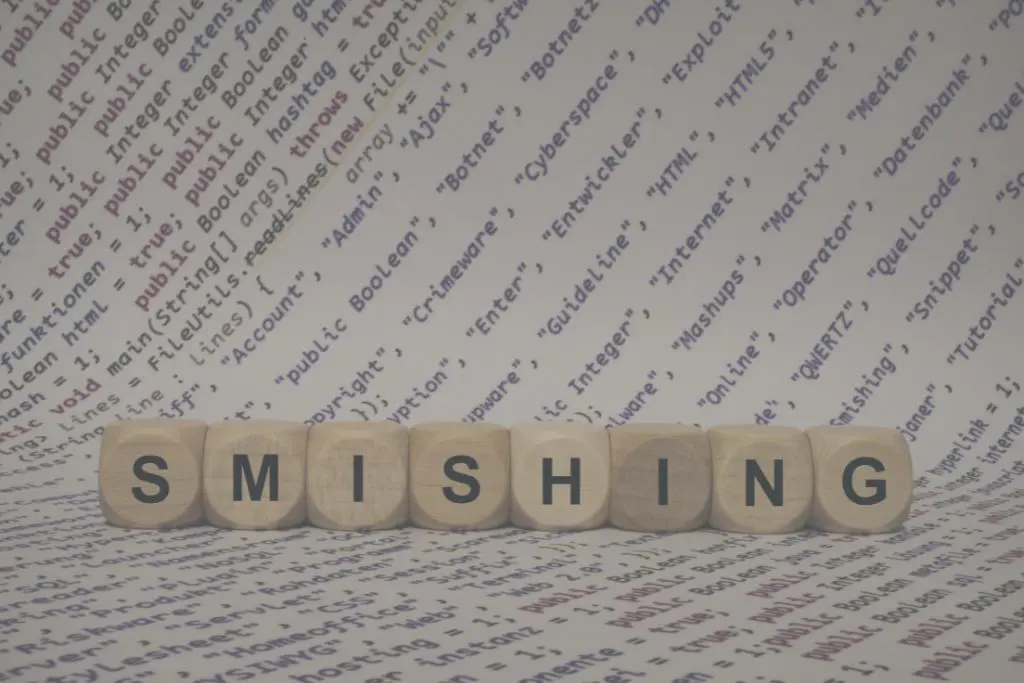The digital ecosystem of which we are a part is a consequence of the strong development of information technologies in education, which in recent years have introduced opportunities for educators, students, and administrators to create and use new tools and ways of teaching.
This technology-driven revolution that has generated this entire digital ecosystem allows people with different incomes and from different countries to be part of a better future centered on the human being.
In this post, we will unpack what a digital ecosystem is, what it is for, and how it can be implemented if you don’t have it yet.
What is a digital ecosystem?
A digital ecosystem definition could be understood as a group of interconnected and independent technological resources which also function as a unit.
In a general context, digital ecosystems consist of suppliers, customers, business partners, applications, third-party data service providers, and all respective technologies. Furthermore, interoperability is the key to ecosystem success.
Can all these concepts be applied to an educational digital ecosystem? Let’s take a look.
Educational digital ecosystem: a new way to educate
The situation caused by the COVID-19 pandemic over the past few years has affected not only the healthcare systems but also the educational systems of many countries.
Under its influence, many leaders and educators were forced to find holistic solutions to alleviate the pressure of the pandemic on the educational situation.

Under such circumstances, digital learning was a logical approach worldwide in this situation to facilitate adaptation to a new normal and improve educational quality.
Forced by this situation, many of the world’s leading countries created their own educational digital ecosystem by adapting teaching and learning activities differently.
For example, as Andreas Schleicher, Director of Education and Skills at the OECD, and Fernando Reimers, Director of Harvard’s Global Education Innovation Initiative, report in several of their publications, France, Hungary, and Italy established digital workflows, email, and the use of virtual classrooms and LMS, as well as video tutorials and 100% digital content.
Other countries took advantage of available e-learning platforms and webinars to provide teaching and learning guidelines for teachers, students, and parents. Even Belgium, Israel and Latvia used national TV channels to broadcast educational programs for learners.
All the resources we have mentioned are today part of global education and are constantly evolving. As we have seen, they were implemented in the wake of a global pandemic but have remained with us. The digital ecosystem applied to education is more relevant than ever.

How to build a digital ecosystem?
Implementing a digital ecosystem can be very different depending on the sector we find ourselves. It is different to generate an association of groups for an educational environment as for a business one.
In any case, it is possible to outline a small draft with four steps to follow in the creation of any digital ecosystem:
- Choose the ecosystem model to set up.
- Organize the layout of that ecosystem.
- Design the specific orientation for the working groups.
- Maximize the agility of the ecosystem.
Let’s look at each step in a little more detail.
Subscribe today to SMOWL’s weekly newsletter!
Discover the latest trends in eLearning, technology, and innovation, alongside experts in assessment and talent management. Stay informed about industry updates and get the information you need.
Simply fill out the form and stay up-to-date with everything relevant in our field.
Choosing the ecosystem model to set up
To establish the ecosystem model, the first thing to do is to select which working groups will be part of it at some point in the process.
For example, if we want to develop a digital ecosystem within the educational system, the different groups could be formed by:
- Content creators and trainers (Teaching staff).
- Content consumers (Students).
- Educational platforms, LMSs, proctoring (with chief technology officers, technical staff, developers, designers, etc. behind).
- Tools and administrative staff.
Organize the layout of the digital ecosystem
At this point, it should be determined what objectives are to be achieved by the different groups as well as the tools, processes, and workflows that will be carried out to achieve those objectives.
To this end, a thorough analysis must be carried out, and vital factors such as budget and available technologies must be considered.

Design the specific orientation for the working groups
Constant and transparent communication between working groups is crucial for good digital ecosystem management. In the collaboration between them lies the essence of a digital ecosystem.
In the case of the education sector, the group to take into account the most is the students since the basis of the ecosystem is to try to solve their needs and, through new technologies, they can be trained more efficiently and become better professionals in the future.
Maximize the agility of the ecosystem
Once we have established a digital ecosystem, we must keep it alive and agile. As it is intrinsically related to technology, it is necessary to keep everyone involved, updated, and trained.
In this way, they will also be able to respond to the future needs of the students, and the digital ecosystem can be kept alive.
Proctoring is part of the digital educational ecosystem
If we analyze the current educational digital ecosystem in depth, we can see that LMS platforms and proctoring tools are becoming increasingly important.
At Smowltech, we are aware of this, which is why we are committed to SMOWL, a live and agile proctoring software allowing more institutions and companies to carry out their evaluations integrally and securely.
If your institution or company is thinking of creating a digital ecosystem of this type, why not incorporate proctoring? Ask us for a free demo, and we will solve all your doubts while you test the benefits of SMOWL proctoring.
Download now!
8 interesting
facts
about proctoring
Discover everything you need about online proctoring in this book to know how to choose the best software.
Fill out the form and download the guide now.
And subscribe to the weekly SMOWL newsletter to get exclusive offers and promotions.
You will discover all the trends in eLearning, technology, innovation, and proctoring at the hands of evaluation and talent management experts.



